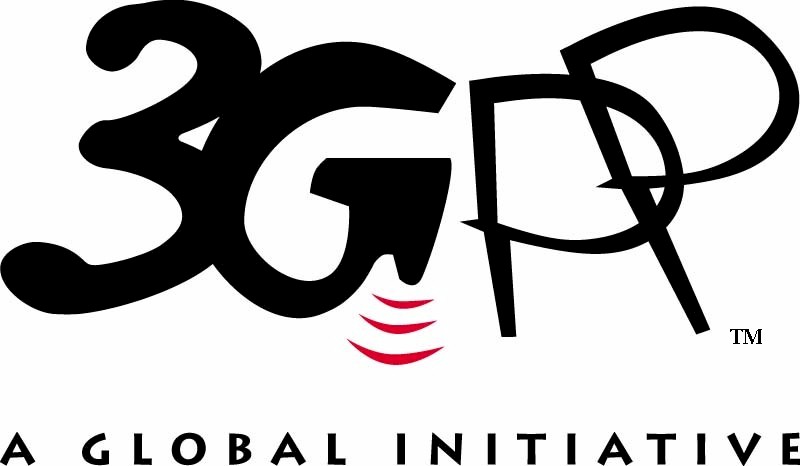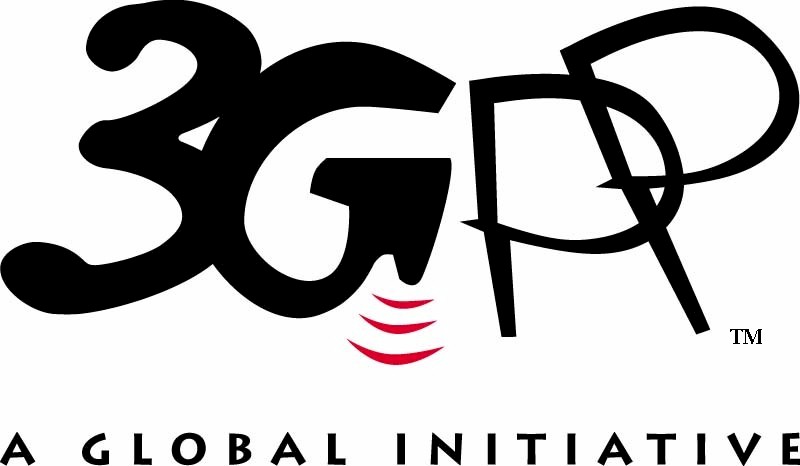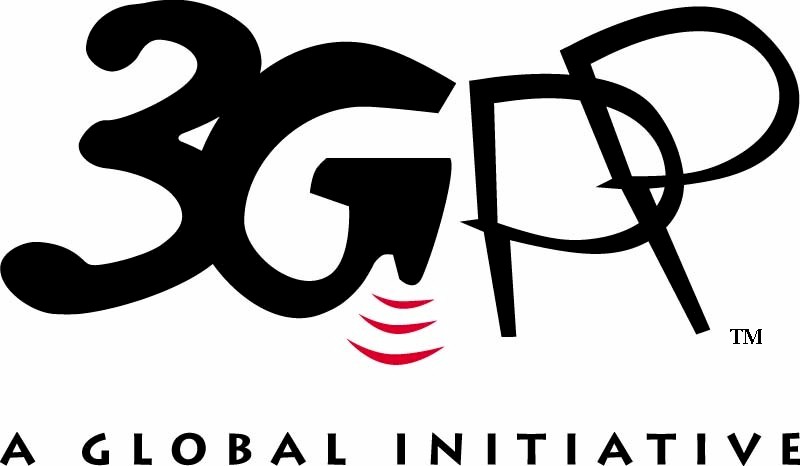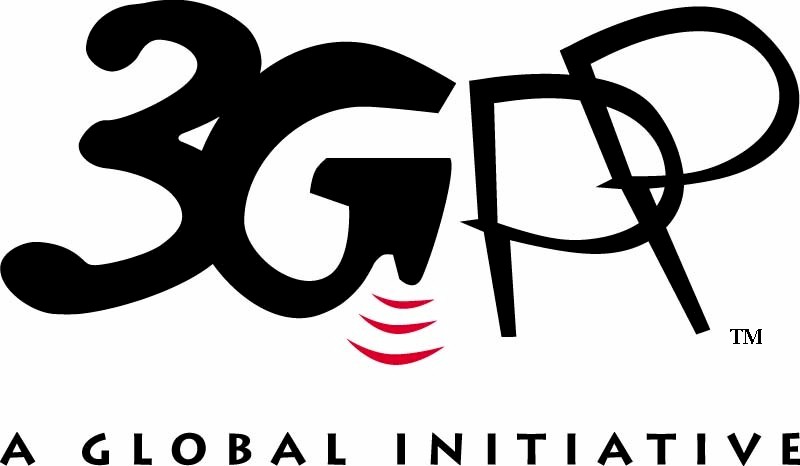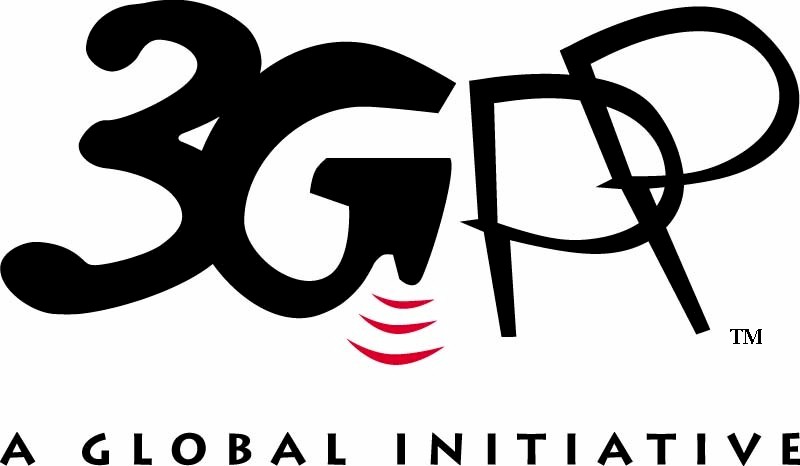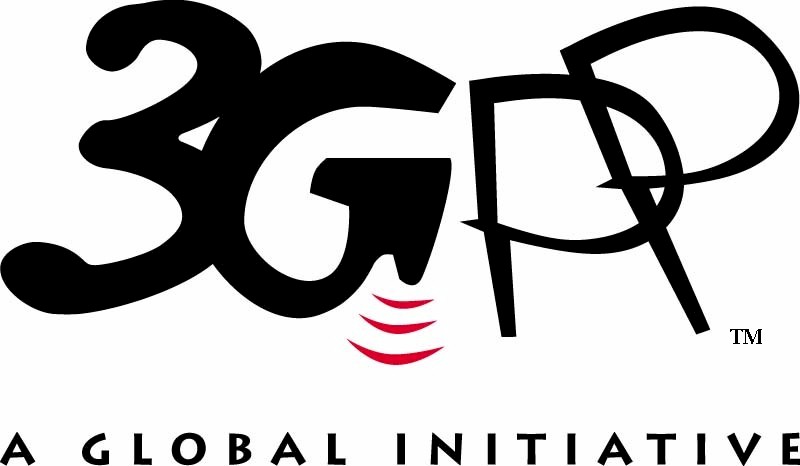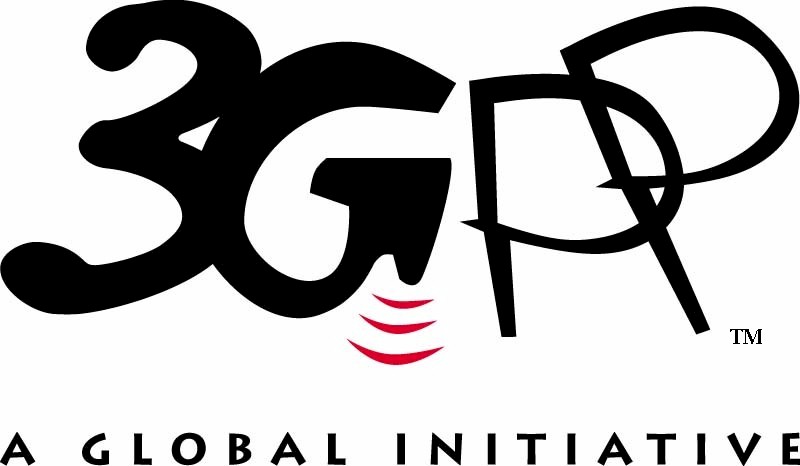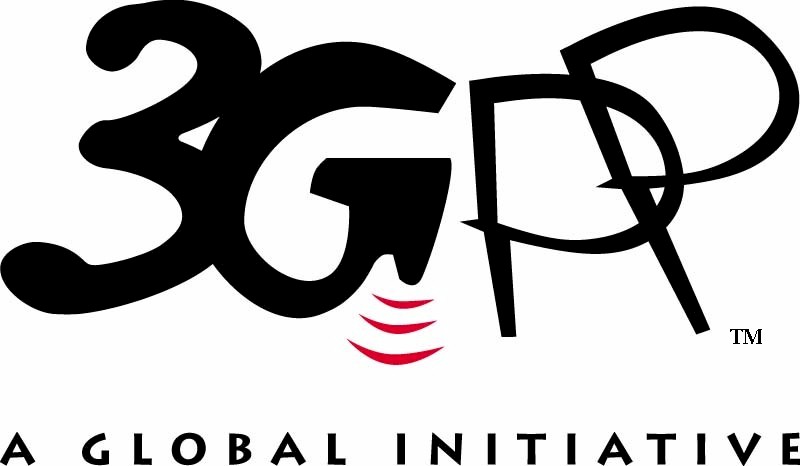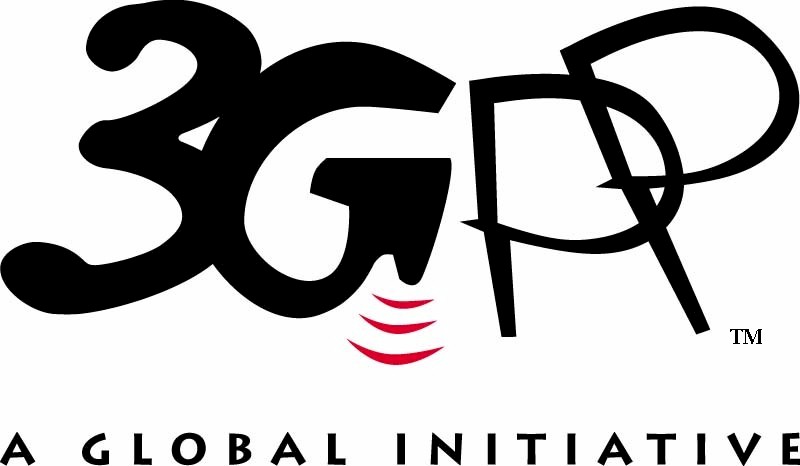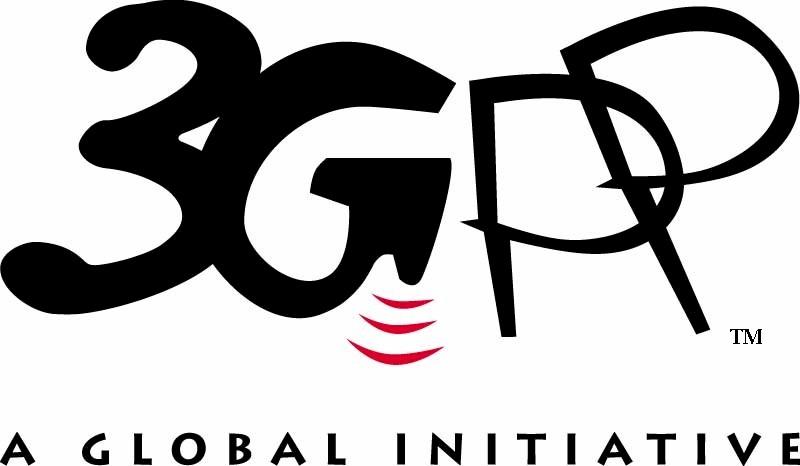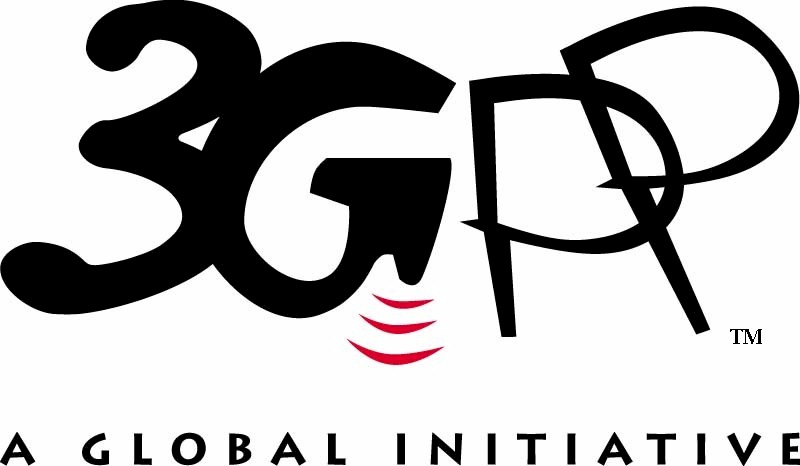3GPP TSG SA WG5 - Telecom Management
The 3rd Generation Partnership Project (3GPP) is the primary body for developing technology specifications for cellular networks. It self-organises through its Working Groups coordinated by the Chairs of the Technical Specifications Groups (TSGs).
3GPP TSG SA WG5 - Telecom Management has the role of specifying the requirements, architecture and solutions for provisioning and management of the network (RAN, CN, IMS) and its services. The WG defines charging solutions in alignment with the related charging requirements developed by the relevant WGs, and specifies the architecture and protocols for charging of the network and its services.
The WG ensures its work is also applicable to the management and charging of converged networks, and potentially applicable to fixed networks.
To achieve the specification work pertinent to the provisioning, charging and management of the network and its services, this WG coordinates with other 3GPP WGs and all relevant SDOs.
